The Canon EOS R5 might be the camera giant's new full-frame mirrorless flagship, but it’s far from the only game in town – in fact, for most people the affordable Canon EOS R6 might well the camera they're genuinely looking at buying, rather than eyeing covetously.
Not the EOS R6 should really be considered a major step down – it's more a compelling alternative to the EOS R5, than a major compromise. Hierarchically, it sits between the Canon EOS R and the EOS R5, and is the mirrorless equivalent of Canon's 6D series DSLRs.
The EOS R5 and EOS R6 have a lot in common: they share an almost identical body, have the same in-body image stabilization system, can both shoot at 12fps using the mechanical shutter (or 20fps with the electronic equivalent) and both benefit from the latest version of Canon Dual Pixel autofocus.
The most obvious difference between the two is their price tags. The Canon EOS R5 has a body-only price of $3,899 / £4,199 (around AU$7,585) and will be available from the end of July, while the Canon EOS R6 is significantly more affordable at $2,499 / £2,499 (around AU$4,515).
So what else explains the price difference between the new full-frame mirrorless cameras and which camera do you really need?
- Read our in-depth hands-on Canon EOS R5 review
Canon EOS R5 vs EOS R6: Sensor and resolution
One of the biggest differences between these two full-frame cameras is their sensors. While the Canon EOS R5 has a brand new 45MP sensor, the EOS R6 uses a chip that's very similar to the 20.1MP one found in the Canon 1D X Mark III.
Both sensors are the same size, of course, but this does mean each has slightly different qualities. What's impressive about the EOS R5 is that it doesn't suffer from any of the traditional limitations of high-resolution sensors like burst shooting – both cameras can shoot at 12fps/20fps with their mechanical/electronic shutters – which is why Canon has been keen to give the camera its 'no compromise' tagline.
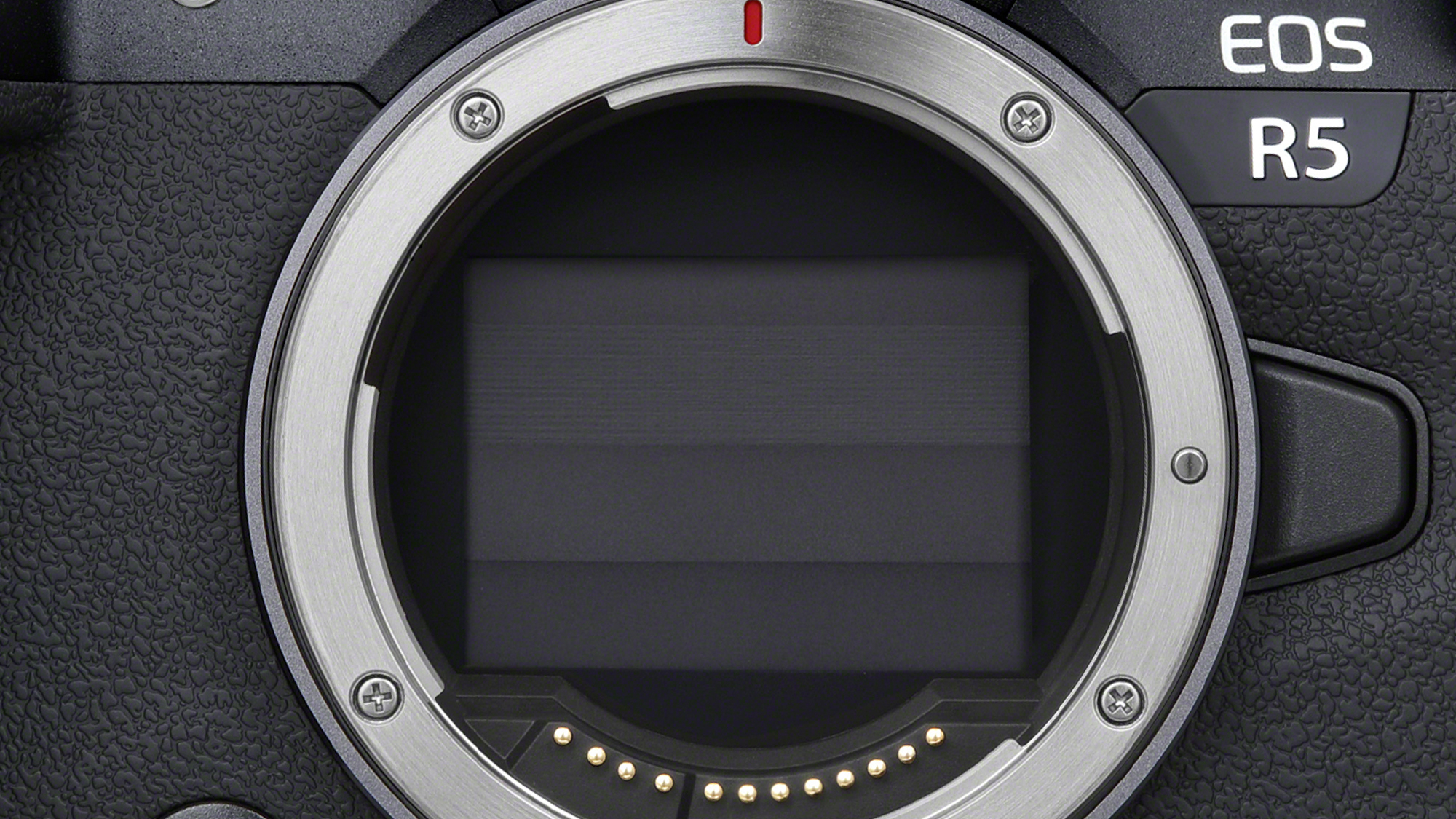
That said, lower resolution sensors do bring some advantages. One is simply a more manageable workflow – fewer pixels means smaller file sizes, which can be a big boon for event photographers like wedding snappers. By dint of its lower resolution, and therefore less strenuous bandwidth demands, the R6 can actually shoot continuously for longer than the R5 – more than a thousand frames in JPEG more, or up to 240 Raw images (the R5 can shoot 350 JPEGs or 180 Raws).
There's also a theoretical advantage in low light (see below). Naturally, landscape photographers will err towards the 45MP resolution of the EOS R5 and R6's 20.1MP might be considered a little low with the older EOS R offering 30.3MP resolution. But it's important to state that there isn't necessarily a 'better' when it comes to resolution, only what suits your style of photography.
- Like the sound of the R6? Read our hands-on Canon EOS R6 review
Canon EOS R5 vs EOS R6: Low light performance
While the Canon EOS R5 has the upper hand when it comes to resolution, the EOS R6 has a theoretical edge for shooting in very low light.
The R6 has an ISO range of 100-102400 (expandable to 50-204,800), compared to the R5's 100-51200 (expandable to 50-102400). That's an extra stop of ISO performance. This doesn't necessarily translate to better low light performance, but a higher ISO range can suggest lower noise at equivalent sensitivities and the R6's sensor does have larger photosites than its sibling.
Canon also says this slight advantage for the R6 extends to focusing too – while the EOS R5 can apparently focus in light down to -6EV, the EOS R6 goes slightly further by being the first EOS camera to offer a minimum EV for AF of -6.5EV.
The proof will in the pudding and until we’ve got a full review unit, it’s impossible to say if the R6 offers better improved low-light performance than the R5. But it is something to bear in mind if you do a lot of your shooting in the gloom of dusk or night.
Canon EOS R5 vs EOS R6: Design and handling
You have to look fairly closely at the EOS R6 to distinguish it from the R5. To our slight surprise it’s actually a little bigger – the same height and depth-wise, but about 3mm wider.
It’s also quite a bit lighter – 680g with a card and battery, compared to the R5’s 738g – although you lose the shooting data screen on the top of the camera, instead having to rely on the touchscreen monitor to see how you’re set up.
The layout of both cameras is virtually identical – there's no touch bar on either – with an AF joystick instead on hand for moving focus points.
There are signs of economizing on the EOS R6 when it comes to the monitor and build quality, though. The monitor is still a vari-angle touchscreen – at this end of the market, we’d expect nothing else – but it’s 1.62MP instead of 2.1MP, and it’s a touch smaller, at 3in rather than the EOS R5’s 3.15in.
The EOS R5's pro leanings are also apparent in its higher level of weather-proofing, along with its superior viewfinder...
Canon EOS R5 vs EOS R6: EVF
Early rumors suggested that both cameras would share the same electronic viewfinders, but that's not the case. Both EVFs are 0.5-inch (12.7mm) and provide 100% coverage of the frame, but there are differences in resolution and refresh rate.
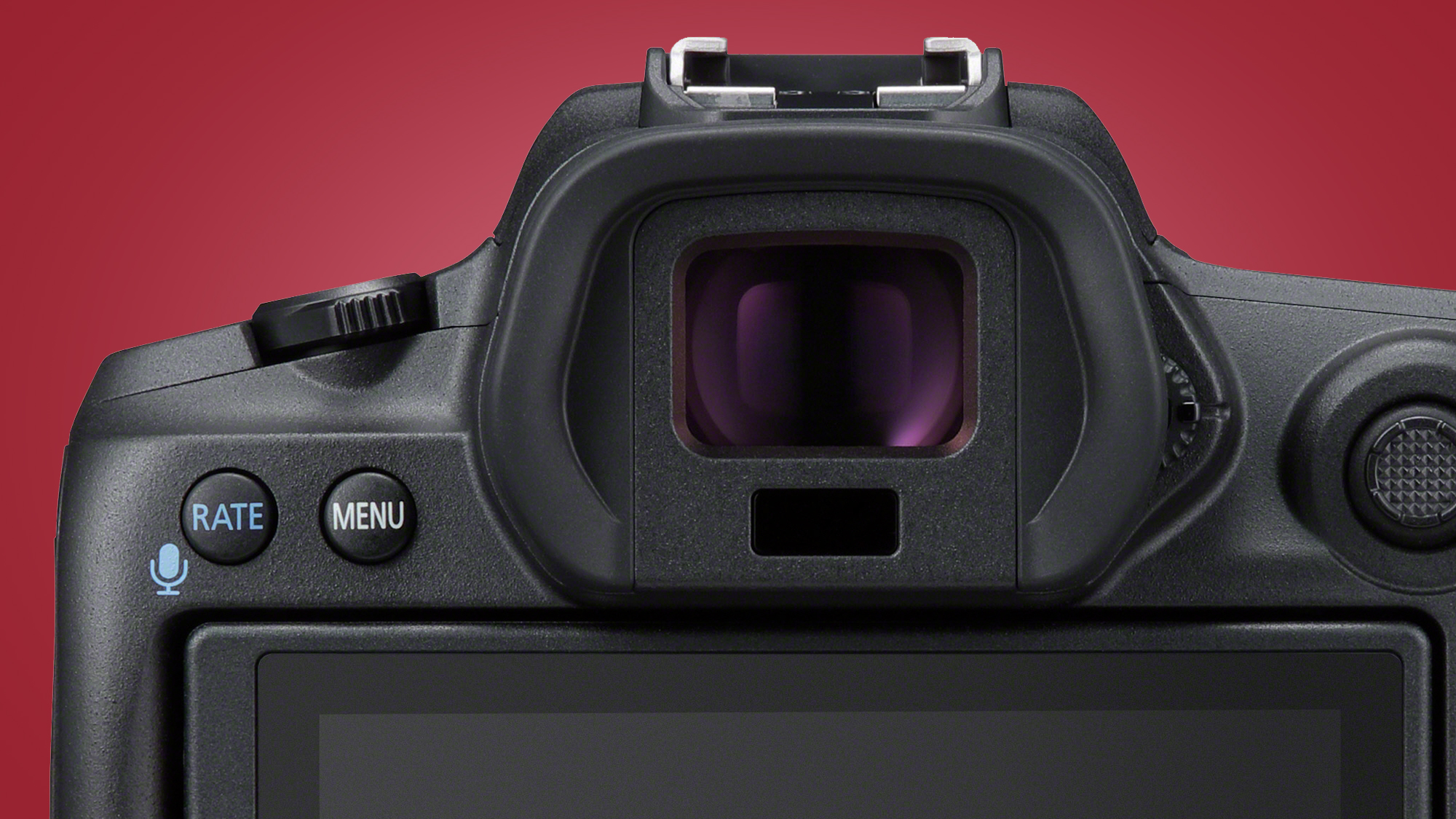
The Canon EOS R6 has a resolution of 3.69-million dots at 60fps, compared with the R5’s 5.76-million dots at 120fps. The R5’s higher resolution and faster frame rate should mean it delivers a more organic visual experience, closer to that of an optical viewfinder.
It's likely to be very similar to the one on the Panasonic Lumix S1, which is one of the best we've used, but we'll have to wait to try out the R5's EVF to be sure.
Canon EOS R5 vs EOS R6: Video skills
Along with their varying sensors and resolutions, video is the other big difference between these two cameras. The EOS R6 is hardly crippled in this respect, but there’s no Raw option; nor is there the ability to shoot 8K.
Nevertheless, 4K can be filmed at up to 60fps or Full HD at up to 120fps, and there’s still the option of shooting in Log, so while the R6 doesn’t offer quite the compositional flexibility of the R5, there’s still plenty that will allow stills photographers to cross the gap into pro-grade filmmaking.
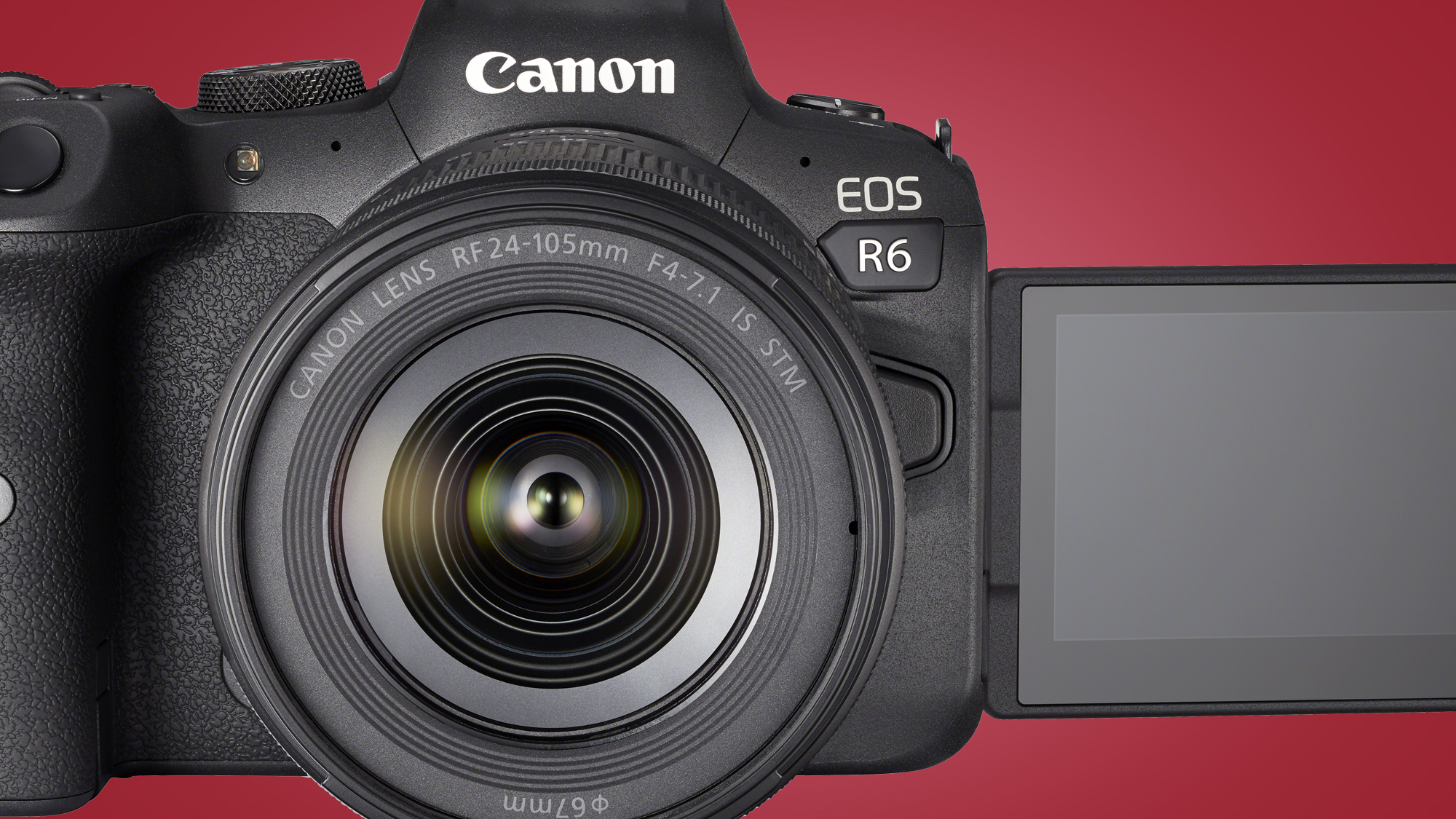
The EOS R5 does, though, go much further. It record 8K Raw footage internally while simultaneously capturing 4K ProRes footage externally, making it ideal for proxy editing and backing up footage. The R5 even connects to same network as the 1D X Mark III to make it easier for news or sports shooters to send files to a single location.
Zebra patterns are also used on the R5 to indicate exposure levels on video. Zebras can be used on the camera or on external monitors, making the camera perfect for bigger shoots, and blurring the lines between cine cameras and smaller mirrorless bodies.
Canon EOS R5 vs EOS R6: In-camera editing
One of the smaller features we're looking forward to trying out on the Canon EOS R5 is its upgraded Dual Pixel Raw editing, which is only available on that R5.
We first saw Dual Pixel Raw on the Canon EOS 5D Mark IV. What is it? Because Canon's Dual Pixel CMOS AF system sees each pixel made up of two photodiodes, it lets you fine-tune things like focus and lighting after you've taken the shot.
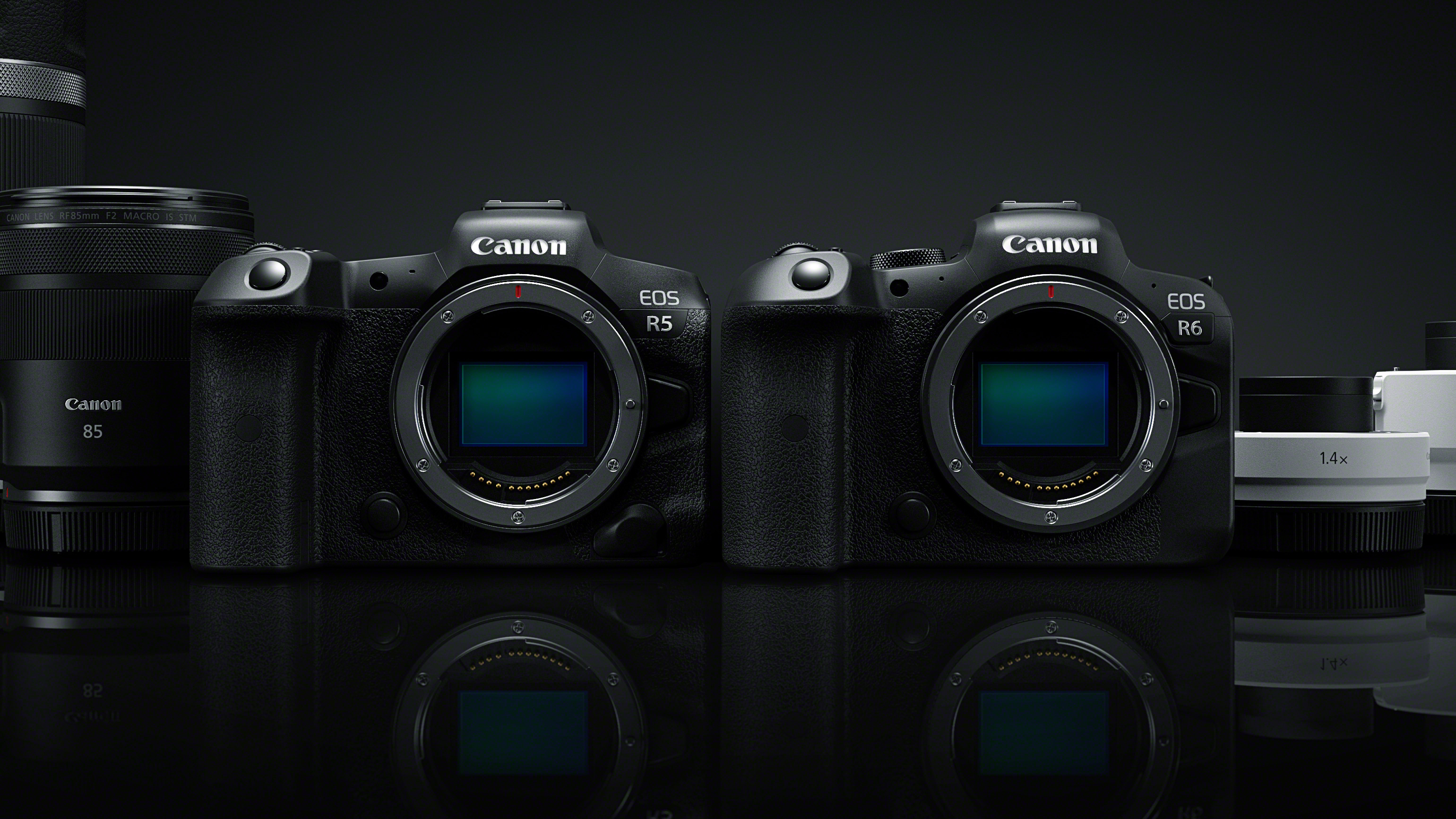
In the past it's required Canon's Digital Photo Professional software, but on the Canon EOS R5 it lets you make tweaks in-camera with a new feature called 'portrait relighting'. If you've taken someone's portrait and the light is coming strongly from one side, you can move your thumb around the screen and change the direction of the light source, creating the illusion that the light's coming from a different area.
Effectively, it looks a bit like having a digital reflector that you can apply in post-production. We haven't seen it in action yet, but it's something we're keen to try out on the EOS R5.
Canon EOS R5 vs EOS R6: Connectivity
Another smaller difference between these two cameras is their connectivity options. Both use a Bluetooth Low Energy connection to connect with smart devices, but the R5 can also connect to both 5Ghz and 2.4Ghz Wi-Fi, whereas the R6 can only use 2.4GHz.
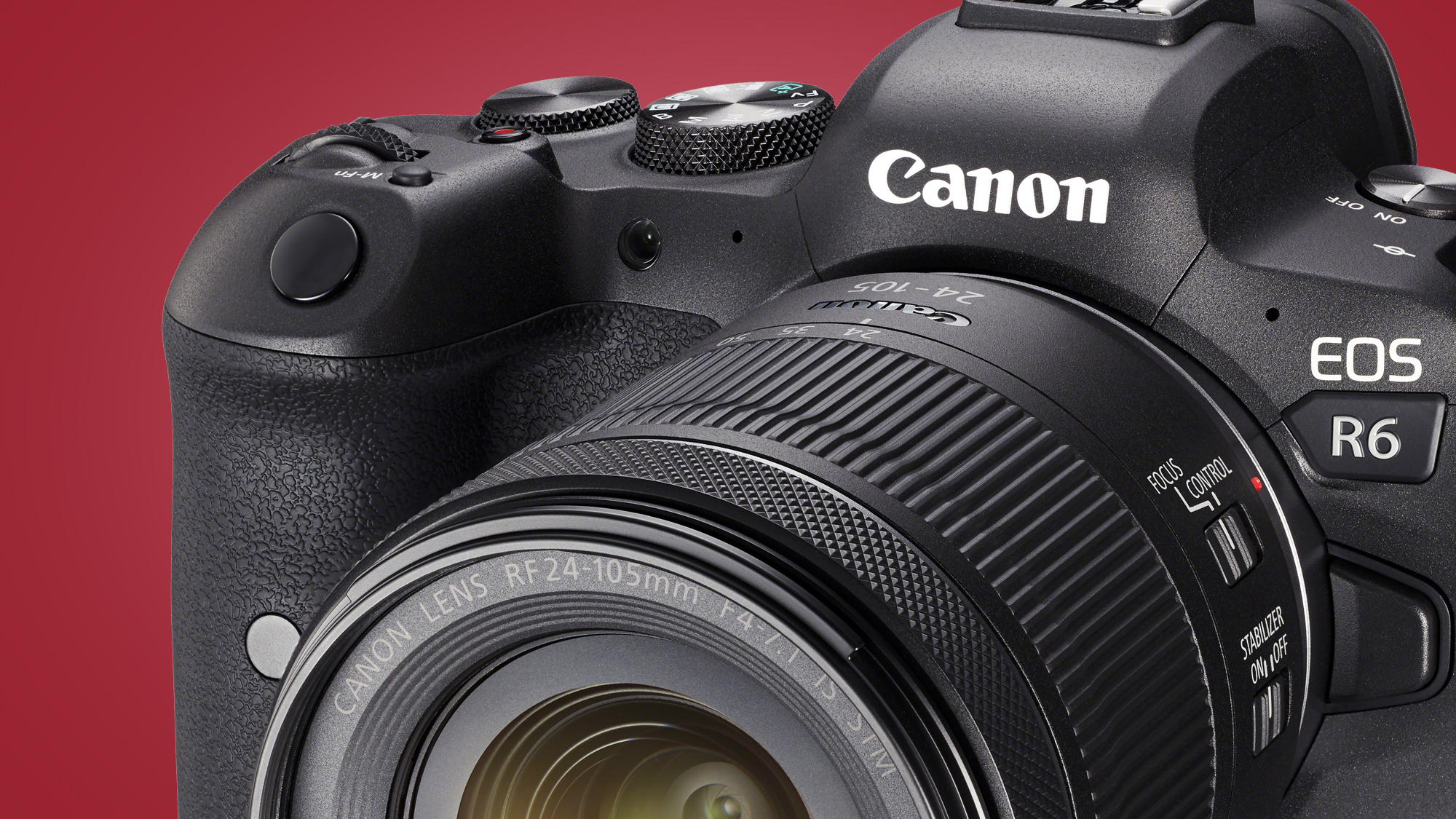
This means the R6 is likely to be slower when it comes to transferring your images elsewhere, while the R5 gets some significant boosts in this regard that reflect its pro leanings.
You can upload to an FTP site via Wi-Fi – which is very useful if you're a news photographer – and you can also add the optional WFT-R10 wireless transmitter, which has two battery slots plus the ability to transmit via SFTP or its gigabit Ethernet port.
Canon EOS R5 vs EOS R6: Card slots
Another area that reveals the two cameras' different target audiences is their card slot options.
Because it's aimed more at the hobbyist shooter than the professional, the EOS R6 has two SD UHS-II card slots, while the R5 caters to pros with one SD UHS-II and one CFexpress slot.
This is because the R5 needs faster read/write speeds, as it shoots stills at 45MP compared to the R6’s 20MP, and can capture 8K Raw video footage, with 4K oversampled 120fps video footage. Capturing that kind of video data simply isn't possible on today's SD UHS-II cards.
Canon EOS R5 vs EOS R6: Battery life
One final area where the R6’s reduced bandwidth needs are reflected is battery life – where you can expect 490 shots on the R5 using its monitor to frame up, or 320 using the EVF, the R6 is rated to shoot up to 510 shots with the monitor or 380 with the viewfinder.
Again, these are based on the traditional conservative CIPA estimates, so you can expect more. The optional BG-R10 battery grip also offers an option for those who want to use more than one battery without needing to switch.
Canon EOS R5 vs EOS R6: Target audience
When you tot up the differences between these outwardly similar cameras, it's clear that they're aimed at very different photographers.
The Canon EOS R6 a slightly more stills-focused full-frame camera that's aimed at sports or wedding event photographers, or keen hobbyists who have a varied photographic diet that includes a side of video.

The 20.1MP resolution might seem a bit low for stills, but when combined with the 4K UHD video performance it’s a camera that should be able to comfortably put professional-looking multimedia content; after all, the EOS-1D X Mark III, Canon’s flagship DSLR, has an identical sensor. It also has potential advantages over the R5 in terms of workflow speed, low light performance and burst shooting stamina.
The Canon EOS R5, on the other hand, is clearly aimed at professionals who demand a lot from their gear, including highly detailed stills and equally detailed video footage. Its 45MP sensor and 8K raw video footage blurs the lines between photographer, videographer and filmmaker, especially when C-Log is used.
It’s these extras in terms of features and performance that Canon hopes will justify the R5’s higher price to creatives who shoot professionally for a living. We'll find out for sure in our full reviews of both cameras very soon.
- These are the best cameras you can buy right now
from TechRadar: Photography & video capture news https://ift.tt/2Zb7nuc
via IFTTT






0 kommenttia:
Lähetä kommentti